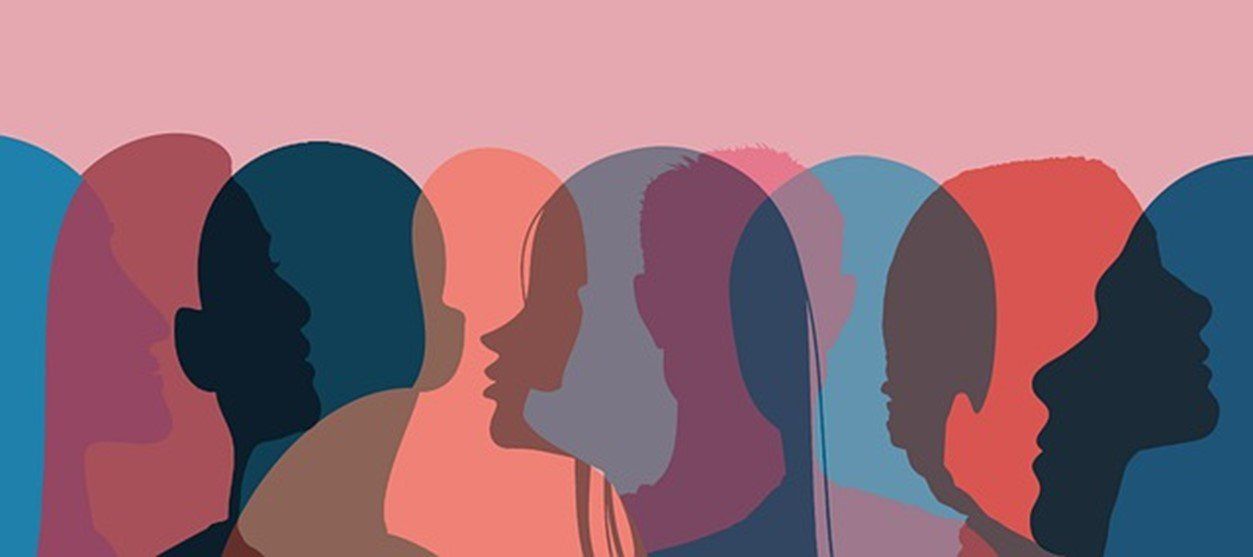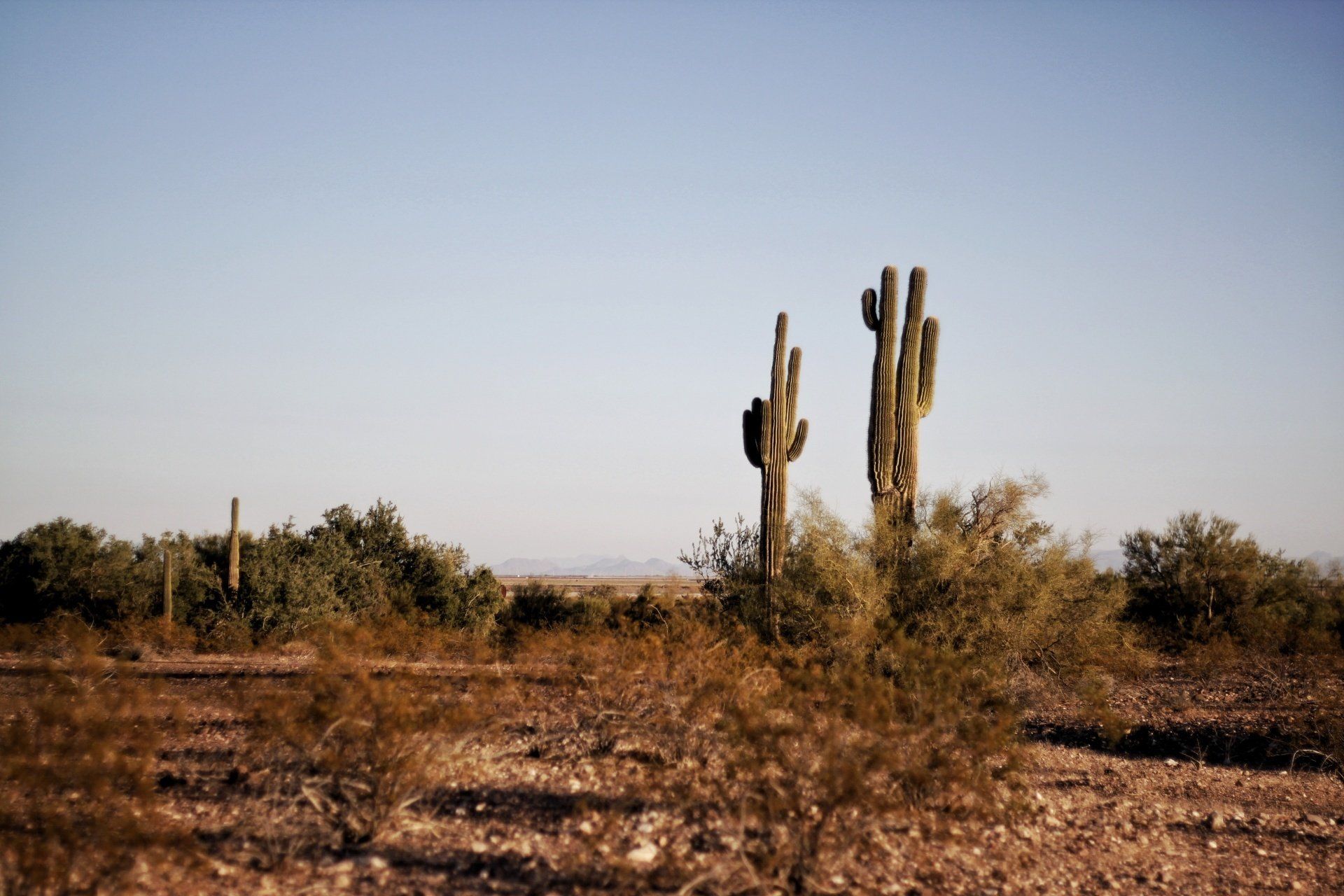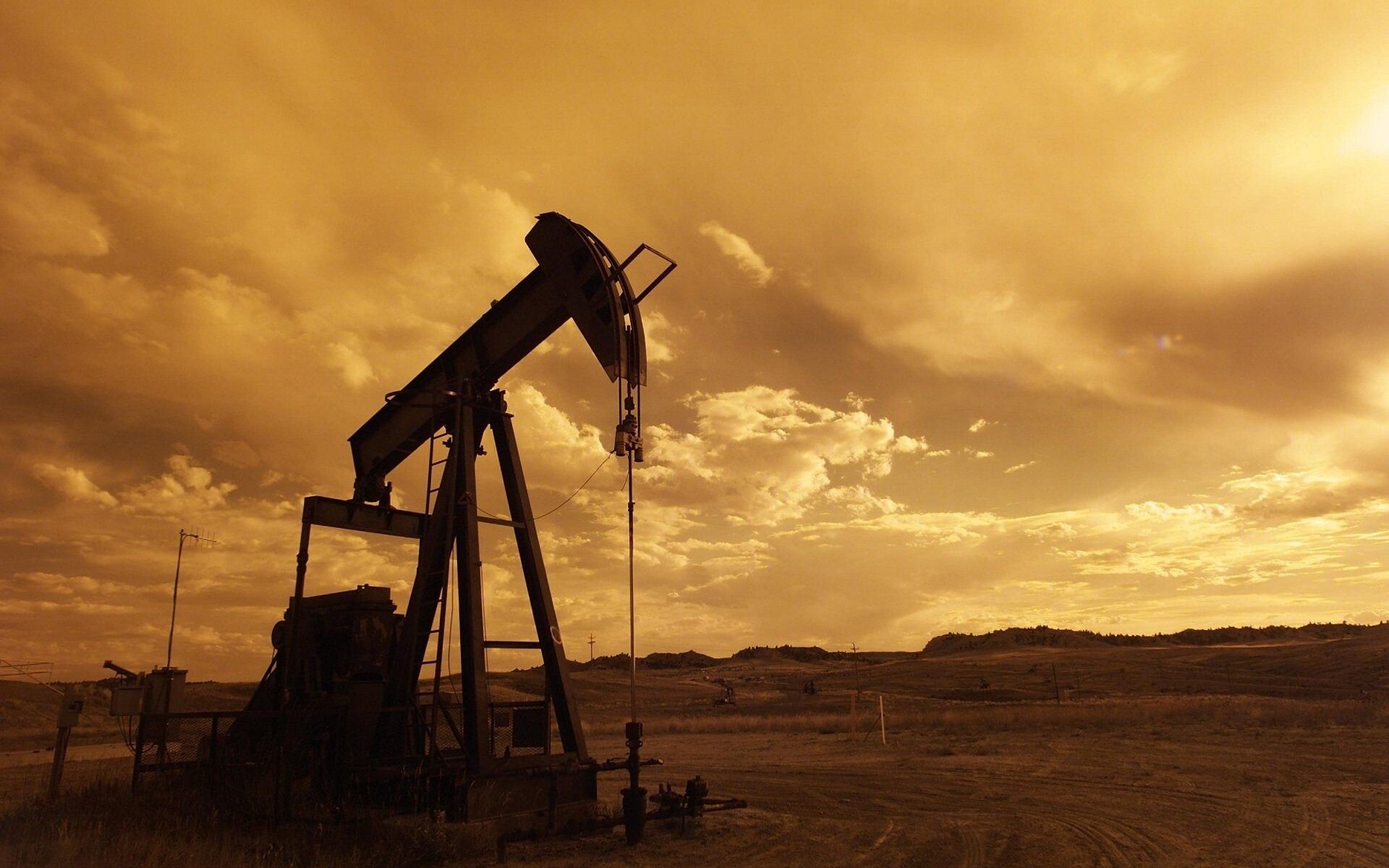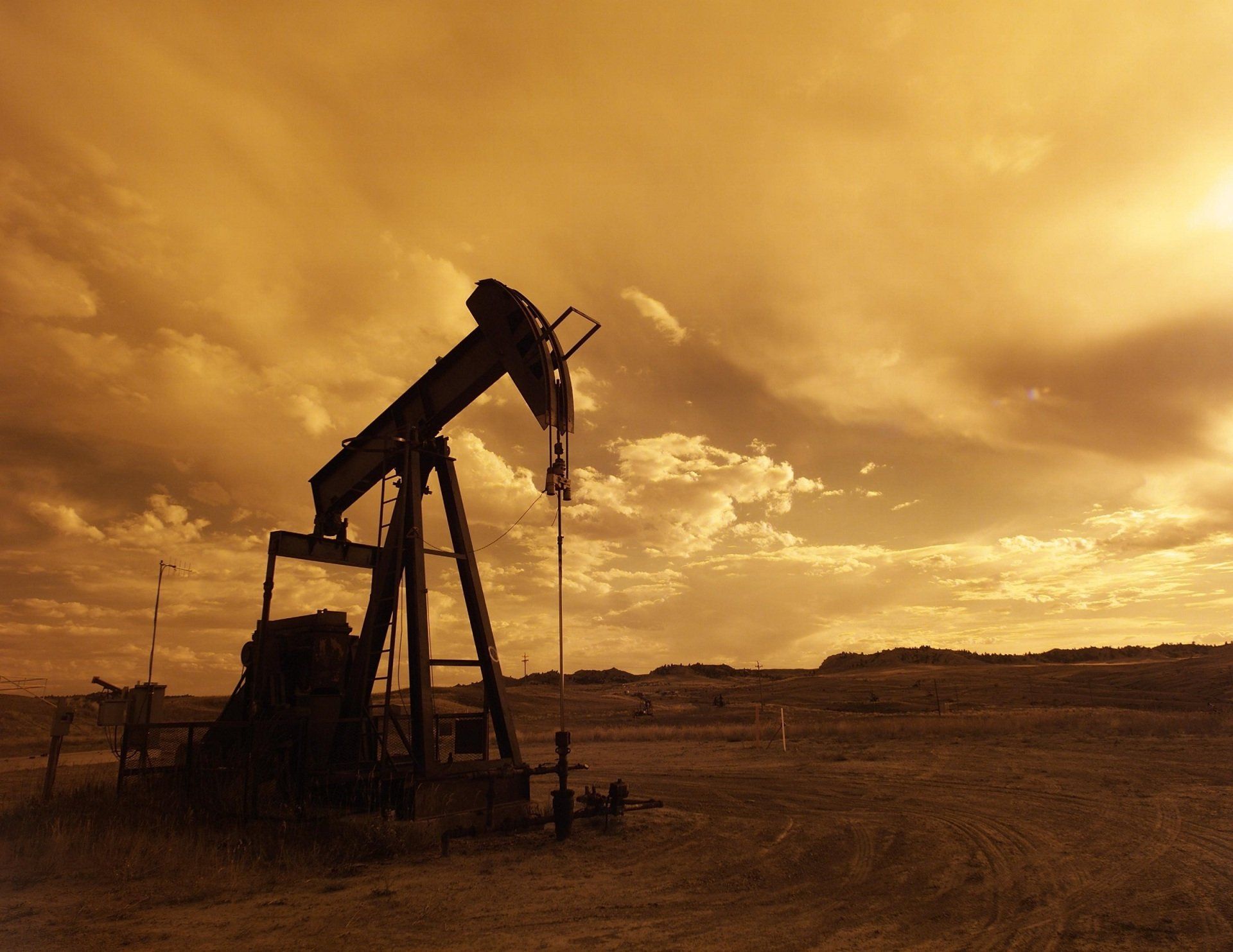The Beacon Blog: Consider It Briefed
Tackling Food Insecurity in Urban Food Deserts: A Legal Toolkit
By Colleen McGrath, Juris Doctor Candidate (VLGS ’23) and Staff Editor for the Vermont Journal of Environmental Law
April 10, 2022

Despite their crowded streets, the Bronx, Brooklyn, Newark, Chicago, and other large urban communities are often considered food deserts. Food deserts are regions of food insecurity where healthy, fresh groceries are virtually inaccessible. Food deserts are typically marked by low income, lack of access to adequate public transportation, or simply lack of choice in the area. Food insecurity already impacted nearly 11% of Americans in 2019 before the COVID-19 pandemic hit. Statistics also showed that food deserts disproportionately impacted communities of color during the same period. In 2019, about 8.1% of white individuals experienced food insecurity in their communities. In comparison, Latino individuals experienced food insecurity at a rate of 15.8% Black individuals at 19.3%, and Indigenous individuals at 23.5%. By the end of 2020, Black households were experiencing food insecurity at a rate of 21.7% and Latino households at a rate of 17.2%. On the other hand, white households reported experiencing food insecurity at a rate of just over 7%. Researchers have observed that “food insecurity is experienced in greater proportion by these racial and ethnic groups due to a number of factors a key one being structural racism.” Delays, supply chain problems, and limited labor have also led to problems in quality control, making nutritious options that much tougher to come by on a regular basis. So how can communities take on food insecurity made worse by the onset of COVID-19 without the help of chain grocery stores?
Zoning Laws
A potential solution to food insecurity in urban spaces that is gaining some attention is amending zoning laws and regulations to make local agriculture more accessible. Zoning ordinances can be confusing, and often mention terms that do not have a clear vernacular equivalent. Towns can amend zoning ordinances and regulations to use clearer terminology that explicitly authorizes urban agricultural uses. This change can bring fresh fruits and vegetables to the community, from the community. Similar changes might include language that explicitly allows farmers markets and produce vendors to set up stands in public spaces, or language that allows for larger-scale agricultural projects in community gardens.
The Healthy Food Policy Project created guidelines to assist communities in drafting definition sections of zoning laws to make them clearer and easier to understand in order to increase access to healthful foods in areas impacted by food insecurity. The guidelines suggest drafting strategies to simplify interpreting zoning requirements, like including examples of permitted practices or burying the meaning of a word in the operative language instead of separating the term and its definition. These changes make it easier for communities to understand and comply with zoning laws while bringing gardens and urban agricultural centers to the community with greater confidence.
Subsidize Healthier Choices and Incentivize Eating Well
Another study suggests that two-thirds of households using Supplemental Nutrition Assistance Program (SNAP) benefits bought a greater variety of healthy fruits and vegetables while testing an incentive program aimed at eliminating food insecurity. During a test run of the Healthy Incentive Pilot (HIP), the USDA offered participants who used SNAP benefits an incentive of 30 cents per dollar spent on targeted fresh fruits and vegetables. Researchers reported inspiring results, households increased SNAP spending on fresh fruits and vegetables by an average of 11% which led to an increased Healthy Eating Index rating, ranging from 57/100 to 62/100. Perhaps most importantly, 75% of households felt healthy fruits and vegetables were more accessible and affordable as a result of the HIP incentive. One of the greatest challenges of increasing food security is encouraging communities to regularly purchase and seek out healthy foods in their own neighborhoods. Incentives like those tested here would certainly get many households on the right path.
Incentive programs have the potential to impact food insecurity much faster than other options. Programs like HIP immediately give families more money to spend on healthful foods and make fruits and vegetables affordable. An incentive or subsidy program could also be implemented without the cooperation or contribution from grocery stores themselves if suppliers of healthier foods are reluctant to open a location in a food desert. By handling the issue from an economic standpoint, households would still pay the same price to vendors or stores, but with help with financing instead of just options. While this is not a terribly optimistic option, it is realistic given the lack of enthusiasm from larger companies and retail stores to open a location in areas where poverty and food insecurity affect families the most.
Utilize School Meal Programs
When healthy options are not just too expensive but too scarce, communities could tackle food insecurity in public schools. By making an effort to offer healthy options to students receiving free meals at schools, especially during a health crisis like COVID-19, students can learn at an early age to value and prioritize eating well. A case study of four large, urban high schools in Chicago, Los Angeles, Houston, and New York looked at public schools’ responses to emergencies and how they provided students with healthy meals during a crisis. At the onset of the COVID-19 pandemic in March of 2020, Congress authorized the distribution of federal relief packages to schools that provided meals for students experiencing food insecurity. The USDA supplemented these efforts, granting waivers to aid schools in providing food options like extended food service hours, takeout meals, and allowing parents to come to pick up meals without their children with them. Efforts like these yielded a noteworthy increase in healthy foods available and consumed by students attending these schools. This trend continued even after classes were moved online during the pandemic. The study also showed that schools that allowed adults and children to pick up food and schools that made meals with dietary restrictions in mind were hugely beneficial to students who would otherwise be considered food insecure.
Even as the COVID-19 pandemic evolves and schools start to get a handle on managing classes and events with students’ health in mind, it should be clear that food insecurity is always a health concern. School lunch programs like those implemented during the pandemic can continue in areas where food insecurity remains high due to factors other than those related to COVID-19 alone.
Looking Ahead
The COVID-19 epidemic has prompted widespread concern for health and community wellness and specifically highlighted food security concerns. The pandemic exacerbated issues of poverty and environmental injustice. But that might ultimately draw enough attention to encourage work toward meaningful solutions to these ongoing injustices. Local, small-scale changes like allowing consistent agricultural activity in urban areas (by amending zoning regulations) or encouraging subsidy programs to help schools in food deserts revitalize the community could have a huge impact on food insecurity in the United States. If big businesses and chain stores are reluctant to enter areas with high rates of food insecurity, it is still possible for community members to utilize legal tools to make their neighborhoods healthier places to live.
Citations
- Paula Dutko et al., Characteristics and Influential Factors of Food Deserts, USDA 2 (2012), https://www.ers.usda.gov/webdocs/publications/45014/30940_err140.pdf.
- Id.
- Id.
- Monica Hake et al., The Impact of Coronavirus on Food Insecurity in 2020 & 2021, Feeding America 2 (2021), https://www.feedingamerica.org/sites/default/files/2021-03/National%20Projections%20Brief_3.9.2021_0.pdf.
- Alisha Coleman-Jensen, et al., Household Food Security in the United States in 2020, ERR-298, USDA Economic Research Service, Table 2 (2021), https://www.ers.usda.gov/webdocs/publications/102076/err-298.pdf?v=7508.8.
- Hake, supra note 3.
- Niyati Parekh, Food Insecurity among Households with Children during the COVID-19 Pandemic: Results from a Study among Social Media Users across the U.S., 20 NUTRITION J. 1, 2 (2021), https://nutritionj.biomedcentral.com/track/pdf/10.1186/s12937-021-00732-2.pdf.
- Anne Olson, Using Zoning to Help Eliminate Food Deserts: A Few Steps Forward, GREEN LAW, (Apr. 12, 2021), https://greenlaw.blogs.pace.edu/2021/04/12/using-zoning-to-help-eliminate-food-deserts-a-few-steps-forward/.
- Id.
- The Healthy Food Policy Project, Drafting Definitions in Local Healthy Food Access Policies, https://healthyfoodpolicyproject.org/drafting-definitions (last visited Mar. 9, 2022).
- Id.
- USDA Food and Nutrition, Off. of Pol’y Support, Evaluation of the Healthy Incentives Pilot (HIP) Final ReportSummary (2014), https://fns-prod.azureedge.net/sites/default/files/ops/HIP-Final-Summary.pdf.
- Id.
- Id.
- Id.
- Gabriella M. McCloughlin, et al., Addressing Food Insecurity through a Healthy Equity Lens: A Case Study of Large Urban School Districts during the COVID-19 Pandemic, 97 J. URB. HEALTH 759, 759-60 (2020), https://link.springer.com/article/10.1007/s11524-020-00476-0.
- Id.
- Id.
- Id.
- Id.
- Id.
- Id.












